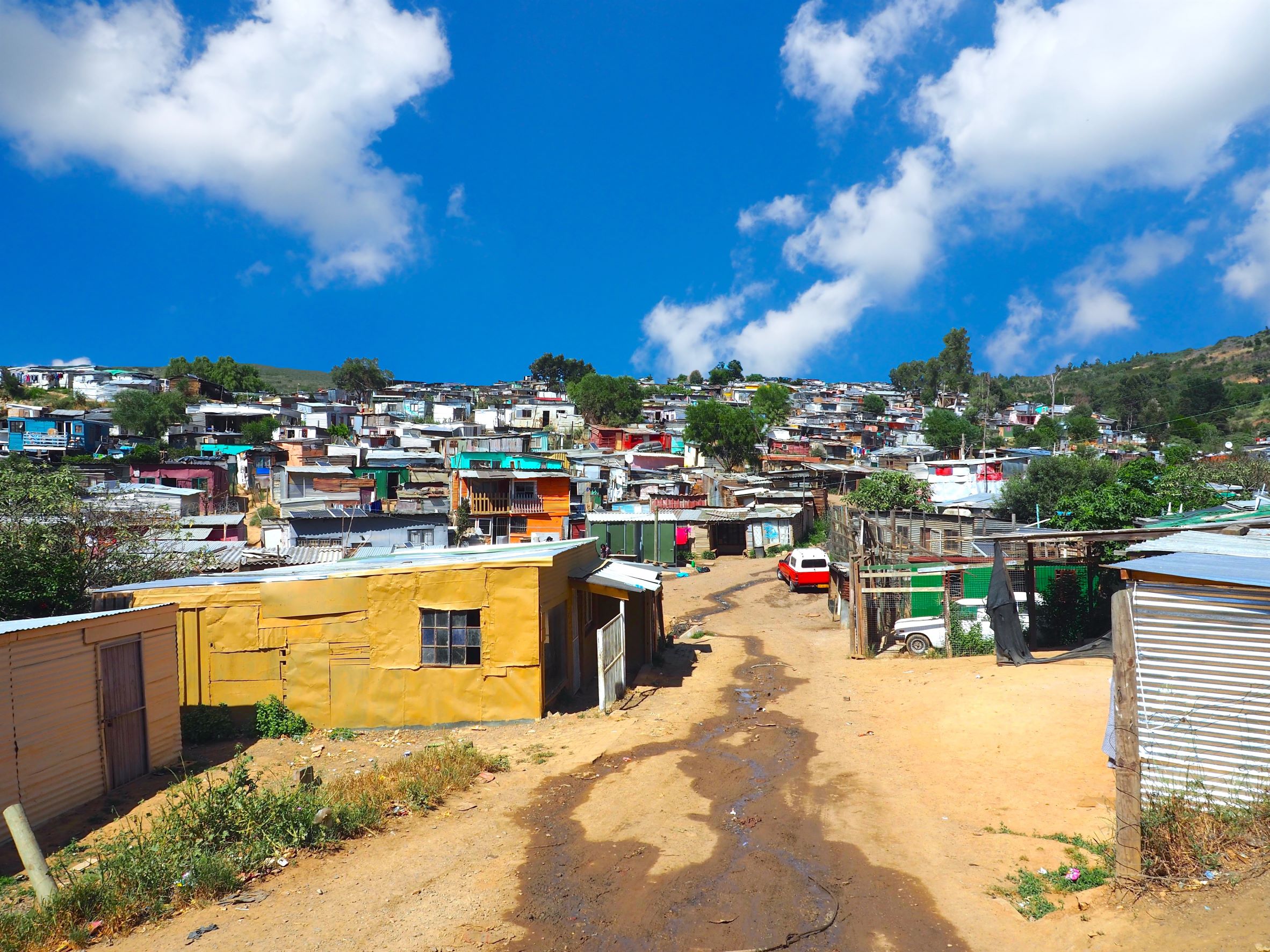Five considerations for mining companies doing their first HRIA

Miners face increased pressure from investors, customers and other stakeholders to deliver higher levels of human rights assurance. This extends beyond those companies involved in ‘high profile’ commodities such as cobalt, with two factors adding real energy to the dynamic:
- Events that have pushed mining and human rights into the public consciousness – from workplace sexual harassment in Australia through to conditions of battery minerals extraction in the DRC
- Mandatory due diligence requirements, including proposed EU legislation and (in the case of selected Member States such as Germany) national legislation
A key step in delivering such assurance is the application of a credible human rights impact assessment (HRIA) that fully applies the UN Guiding Principles on Business and Human Rights (UNGPs).
Below, we set out five key issues to consider before undertaking this type of exercise – particularly for the first time.
1. Take a broad, proactive and rights-driven approach
Historically, there has been a relatively restricted focus on human rights challenges within the mining sector – with an emphasis on security forces, resettlements and artisanal mining. This has resulted in a sometimes narrow view on which human rights risks and impacts need to be managed.
The ideal approach is to ensure that your assessment covers – and is mapped against – the full scope of internationally recognised human and labour rights, as contained in instruments ranging from the International Covenant on Civil and Political Rights through to the ILO’s Indigenous and Tribal Peoples Convention, 1989 (No. 169). This will require the consideration of risks and impacts relating to supplier / contractor working conditions, community livelihoods and property, civil society, and environmental impacts (insomuch as they impact humans), amongst others.
It is also important to avoid overfocusing on impacts that have already taken place (i.e. ‘actual impacts’) at the expense of proactively managing human rights risks that have not yet manifested (i.e. ‘potential impacts’). Whilst actual impacts clearly need to be remediated, a parallel focus on future risks naturally results in a more forward-looking, longer-term approach that can also help support an operations’ social licence.
2. Build a structured framework to support trackability and auditability
HRIAs are inherently qualitative. This (along with a jargonistic human rights backdrop) can leave a lot of room for differing interpretations of risks and impacts – as well as confusion around their categorisation and prioritisation.
The application of an evidence-backed, score-based assessment framework for both risks and impacts can help support the systematic application of the UNGPs’ specific assessment criteria. Such an approach also facilitates the tracking and comparison of risks and impacts across time, and across operational portfolios – as well as a high level of auditability.
3. Consider what you don’t know – and why
Sometimes an operation’s human rights impacts may initially appear obvious. This can result in analytical ‘short-cuts’ in terms of which issues are investigated and where efforts are spent. Nonetheless, it is important to be aware that there are often ‘hidden’ impacts that may not be apparent, even to onsite managers.
This is why HRIAs need to be structured to help ‘uncover’ risks and impacts that may not yet be ‘on-radar’. These may be ‘hidden’ for a variety of reasons, including ineffective grievance and / or internal reporting mechanisms, a fear of speaking up on the part of rightsholders, and weak local civil society capabilities. Identifying such challenges and understanding why they exist can be instrumental in terms of supporting future management efforts.
4. Put humans at the heart of the process
Whilst data and documentation will get you so far in an HRIA, human engagement is essential. A cross-disciplinary approach is needed with respect to internal engagement – including not only with sustainability managers, but also those managing human resources, security, procurement and environment, amongst other functions. This will not only help build a stronger picture of an operation’s risks and impacts (and how well they are being managed), but will also help foster an ‘integrated’ mindset, whereby all relevant managers start to factor human rights into their day-to-day decisions.
In line with the UNGPs, external engagement should be focused on rightsholders themselves (with particular focus on potentially vulnerable groups) – as well as those with insight into such rightsholders (e.g. religious leaders, doctors / teachers, security providers, etc.). Engagement should be organised in such a way as to promote the free, frank and ‘safe’ discussion of potentially sensitive issues. This includes consideration of how people are contacted, where discussions take place, under what terms, who is present and how outputs are going to be used.
5. Focus on getting more out of the process
Beyond helping operationalise the UNGPs, a well-designed HRIA process can deliver additional benefits. For example, whilst positive human rights impacts cannot ‘offset’ negative ones, it can still be useful to evaluate the former to identify and build-upon good practice. Similarly, the proactive management of human rights risks and impacts is not only the ‘right thing to do’, but can directly support an operation’s social licence to operate and thus risk management. Linked to this, a well-structured engagement process can generate valuable insight into rightsholders’ (mis)perceptions regarding their relationship with – and impacts of – the company, adding real value to communications and engagement strategies.
If you are planning to advance human rights due diligence within your company, these five approaches can help you deliver the highest level of human rights assurance to your investors, customers and other stakeholders. In addition to helping identify and address adverse impacts, this will ultimately translate into long-term competitive advantage.
To find out more, get in touch at hello@fowardesg.com.
